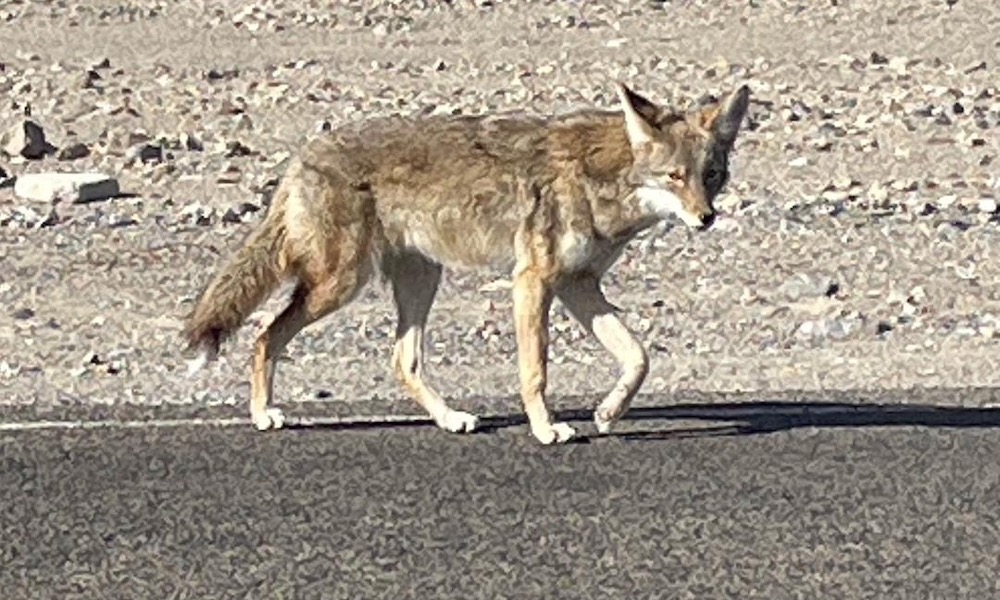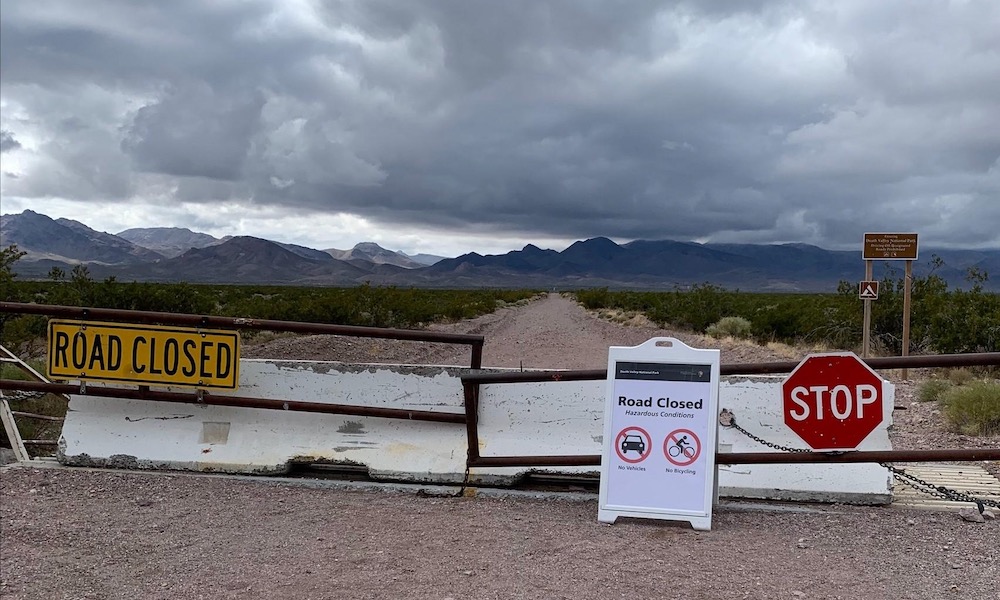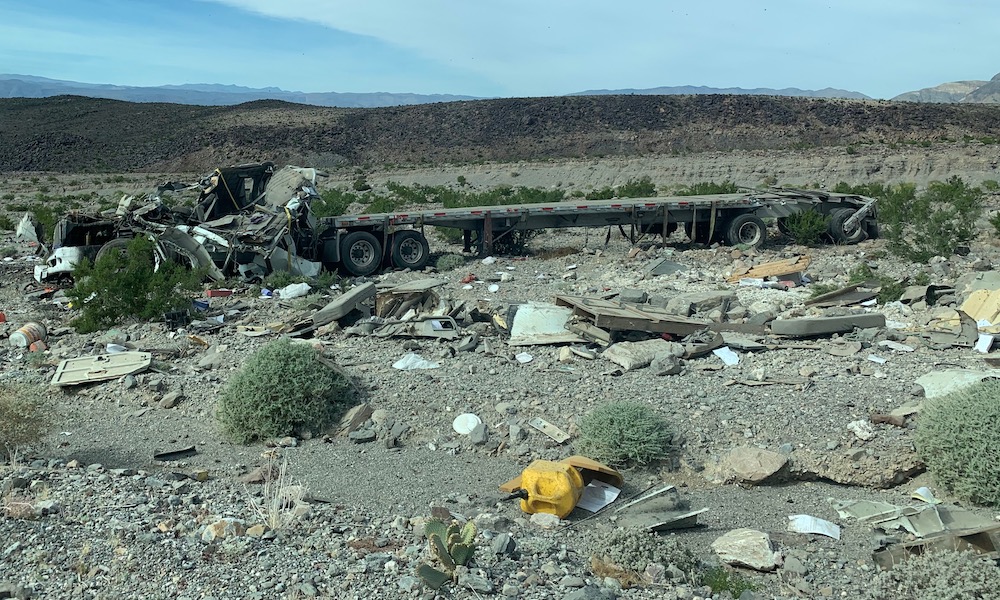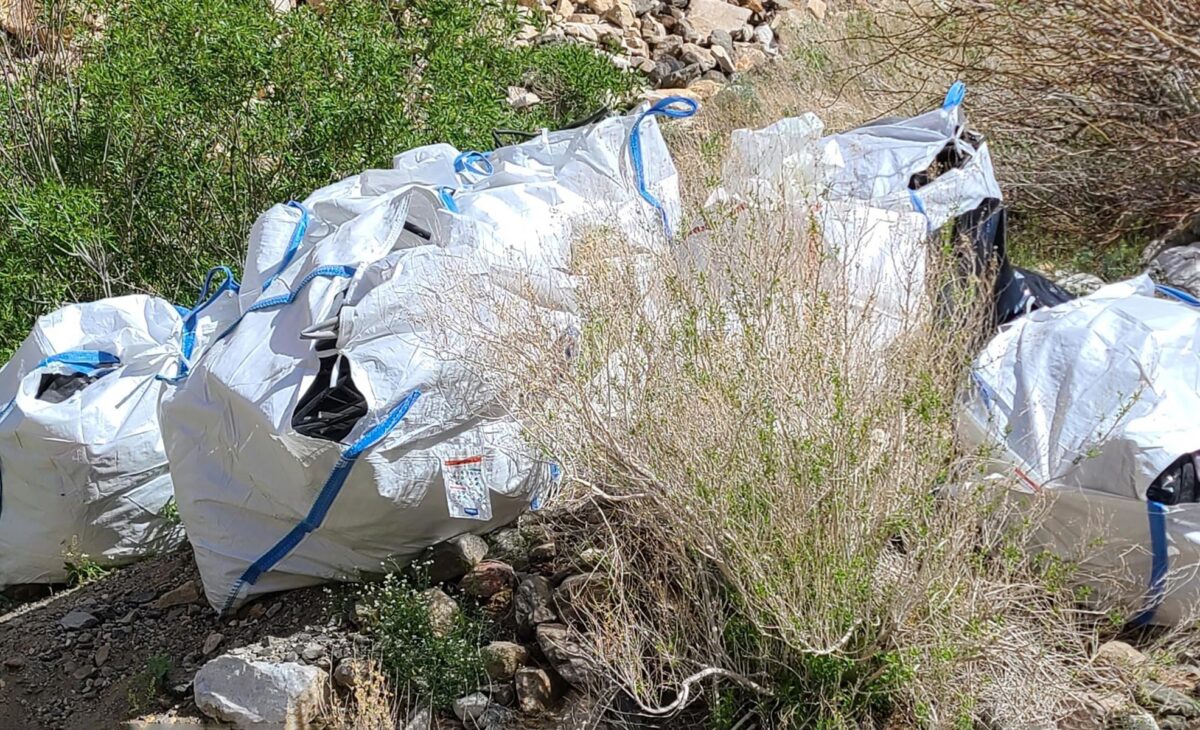The lake that formed in Death Valley National Park recently and provided kayakers with a new venue for about a month made a surprise move—two miles to the north.
“It was amazing to see an entire lake migrate,” park superintendent Mike Reynolds said.
Sustained high winds were responsible for making Lake Manly in the Badwater Basin a traveling lake, pushing it away from its original lakebed, according to a park press release.
The 40 mph winds spread out the surface area and helped speed up evaporation, lowering the water level and prompting the National Park Service to suspend boating on the shallow lake.
“Now the water is drying up, leaving wide mudflats,” Reynolds said. “People were walking a long way, sometimes dragging their boats. This leaves footprints and drag marks that will likely be visible for years. This left us with no choice but to curtail boating on historic Lake Manly at this time.
“Visitors for the next few years would prefer to see the natural polygon designs in the salt, rather than hard-crusted footprints and deep boat drag marks.”


Every few years there is enough rain to cover the salt flat to create the temporary lake, which is usually only a couple inches deep. But after an atmospheric river brought 1.5 inches in early February, runoff created a lake that was six miles long, three miles wide and one foot deep.
Visitors had the rare treat of kayaking on Lake Manly.
Things changed from February 29 to March 2 when the winds pushed the lake to the north and turned the boat launching area into a salty mud flat (top photos).
Once the winds subsided, what was left of the water returned to its original lakebed, but it was brown due to the suspended mud (bottom photo).
Photos courtesy of Death Valley National Park.






















